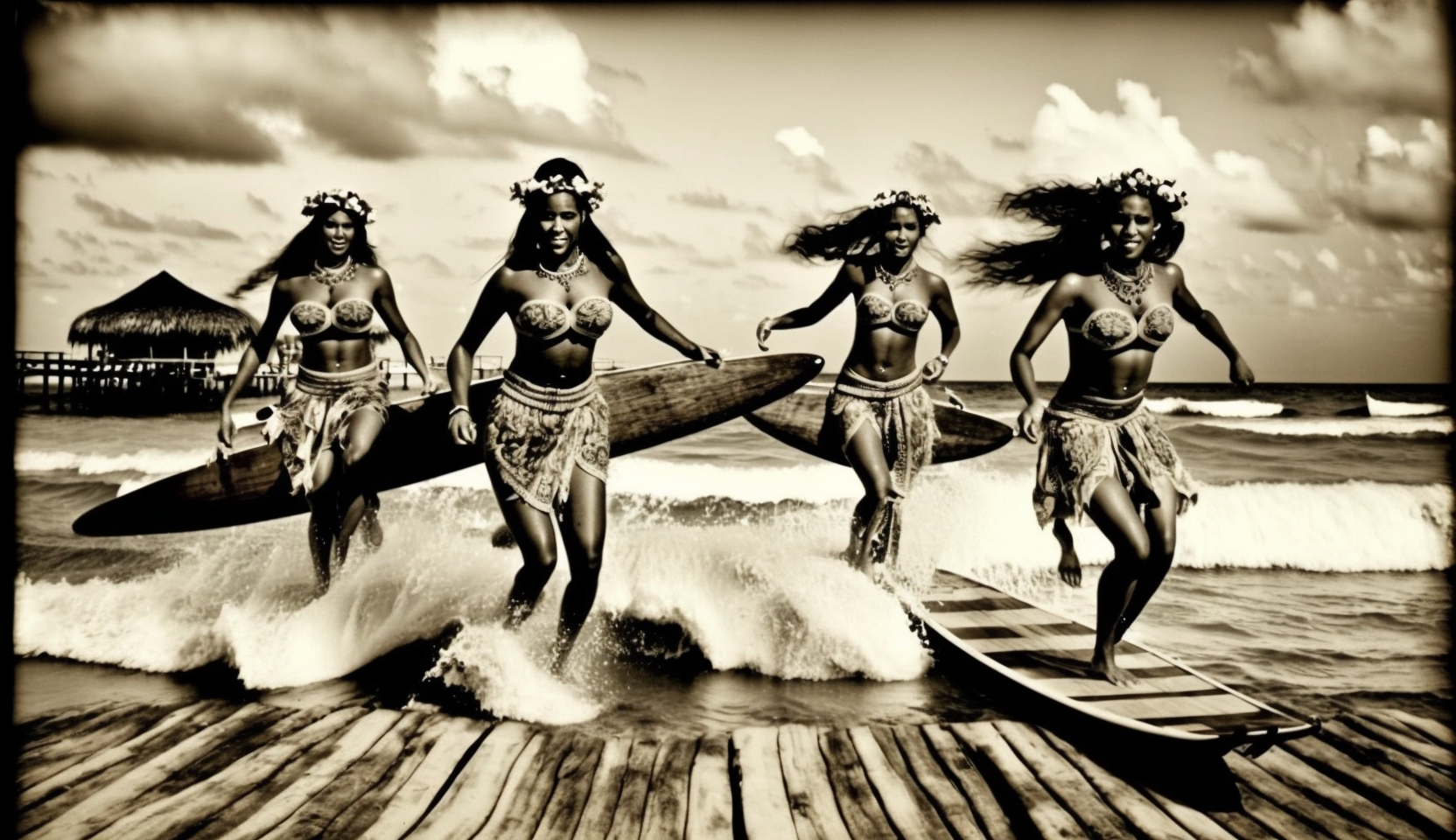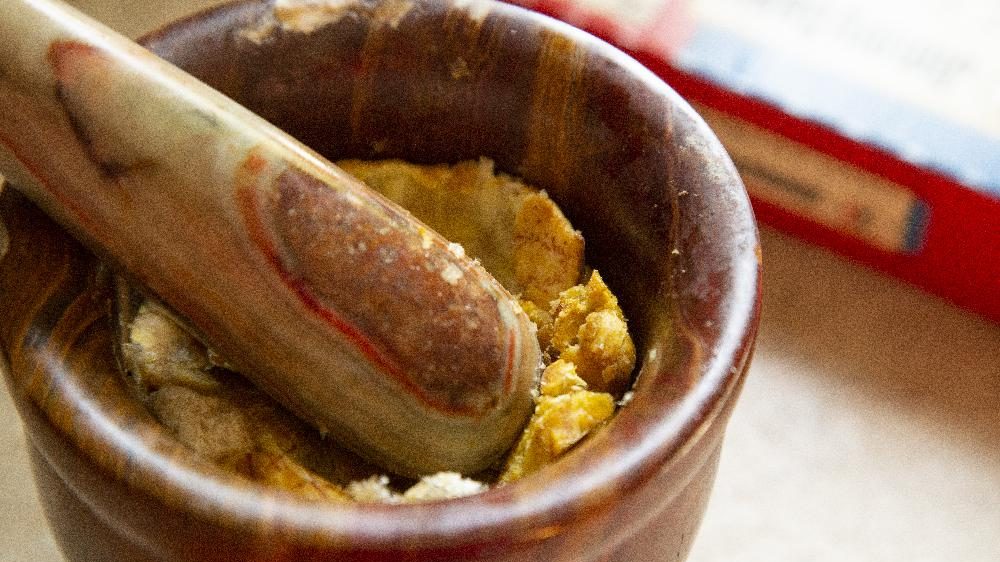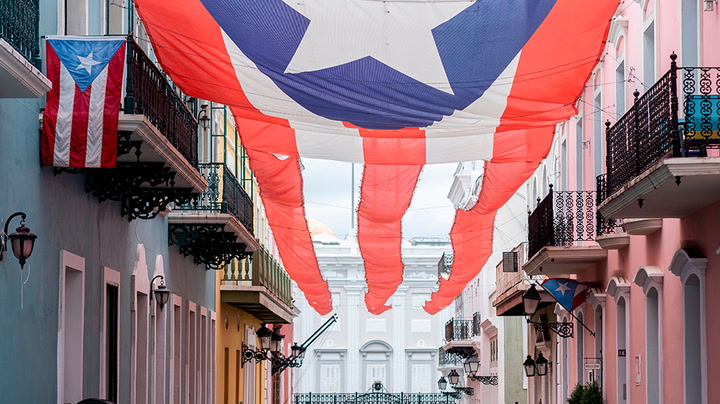
From Colony to Territory: How Puerto Rico Became Part of the United States
Puerto Rico is a Caribbean island that has been inhabited by indigenous people for centuries. It was colonized by the Spanish in the late 15th century and became an important port for the Spanish Empire. The island remained under Spanish control for over 400 years until the end of the Spanish-American War in 1898.
The Spanish-American War was fought between the United States and Spain in 1898. The conflict was largely driven by American imperialism and a desire to expand its global influence. The United States emerged victorious from the war and acquired several territories from Spain, including Puerto Rico.
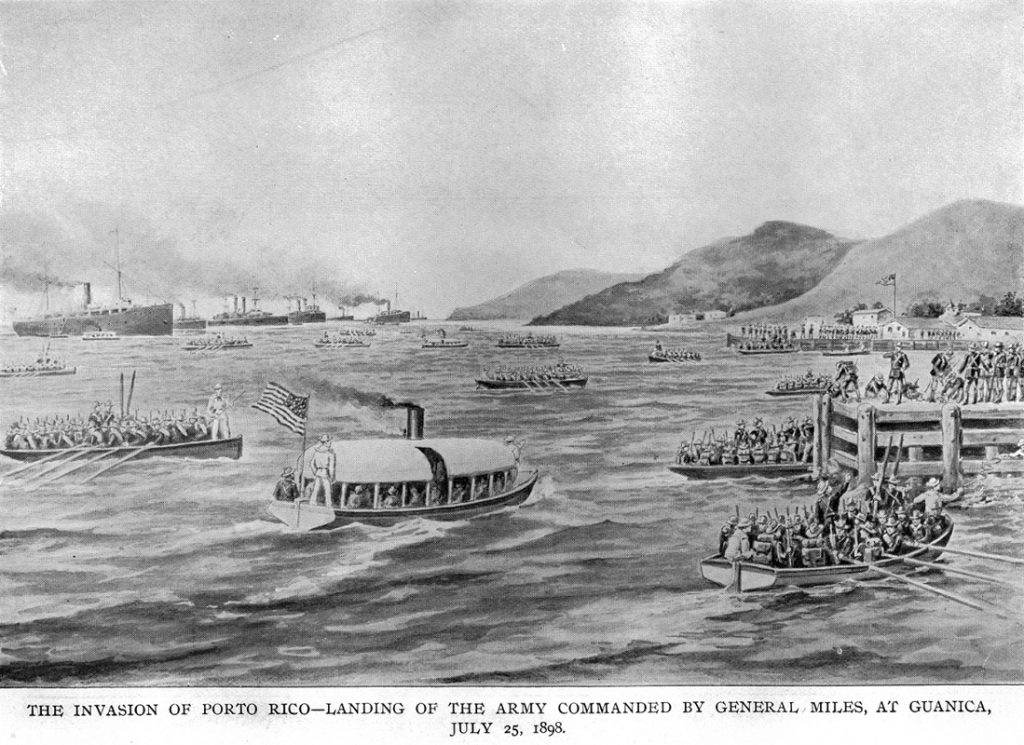
The formal transfer of Puerto Rico from Spanish to American control occurred on December 10, 1898, with the signing of the Treaty of Paris. The treaty established that Spain would relinquish all claims to Cuba, cede Puerto Rico and Guam to the United States, and sell the Philippines to the U.S. for $20 million.
At the time, Puerto Rico had a population of around one million people. The majority of the population were Spanish-speaking and Catholic, with a small minority of English-speaking Protestants. The island had a complex racial and social hierarchy, with people of European descent holding most of the political and economic power, and people of African and indigenous descent occupying the lower rungs of society.
After Puerto Rico became a U.S. territory, the island was subject to American governance and administration. The U.S. Congress established a civil government for Puerto Rico in 1900, with a governor appointed by the President of the United States and a legislature composed of a Senate and a House of Representatives. The government was initially dominated by American-appointed officials, but gradually Puerto Ricans began to assume more leadership positions.
Over the years, there has been significant debate and controversy surrounding the status of Puerto Rico. The island is a territory of the United States, but its residents are not American citizens by birth. Puerto Ricans are considered U.S. citizens, but they cannot vote in presidential elections and do not have voting representation in Congress.
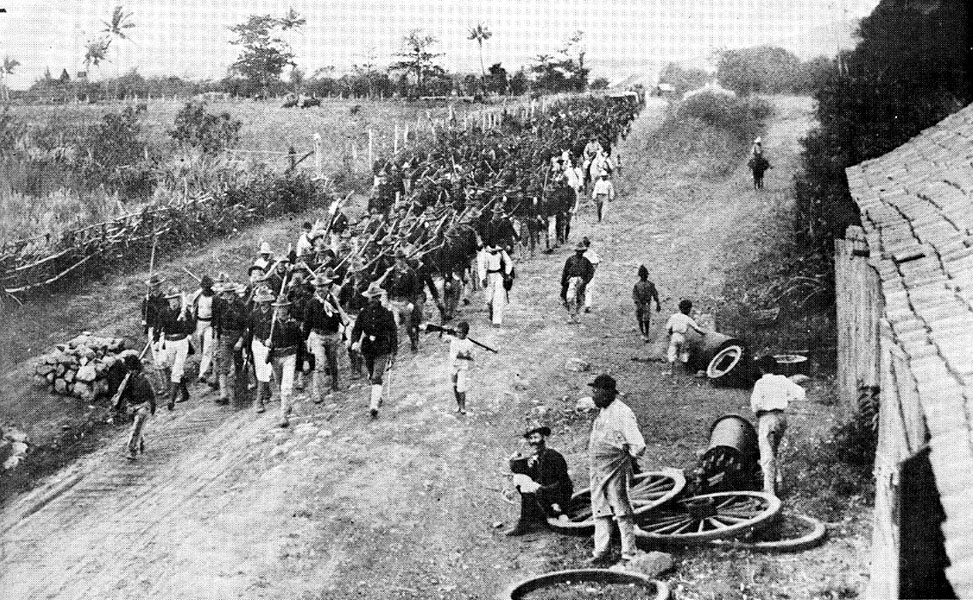
U.S. invasion of Puerto Rico July 25, 1898
There have been several attempts over the years to change Puerto Rico’s status. In 1917, Congress passed the Jones-Shafroth Act, which granted U.S. citizenship to Puerto Ricans and established a more democratic form of government on the island. However, Puerto Ricans still could not vote in presidential elections or send voting representatives to Congress.
In the 1950s, Puerto Rico held a referendum to determine its status. The majority of voters chose to maintain Puerto Rico’s current status as a U.S. territory. However, there were also significant movements advocating for independence or statehood.
In 2012, Puerto Rico held another referendum on its status. This time, a majority of voters chose to change Puerto Rico’s status, with almost 54% voting for statehood. However, the referendum was non-binding and did not result in any concrete changes to Puerto Rico’s status.
Today, Puerto Rico remains a U.S. territory with a complex relationship with the mainland United States. Puerto Ricans are U.S. citizens but do not have full voting rights or representation in Congress. The island has its own government and constitution, but many decisions are ultimately subject to approval by the U.S. federal government.
In conclusion, Puerto Rico became part of the United States in 1898 as a result of the Spanish-American War. The island has since been subject to American governance and administration, but its status has been a subject of controversy and debate. Puerto Rico remains a U.S. territory with a complex relationship with the mainland United States, and its future status continues to be a topic of discussion and disagreement.







